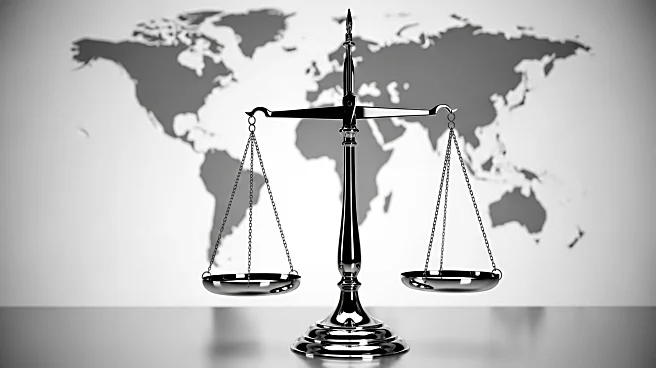What is the story about?
What's Happening?
Several U.S. cities are set to increase their minimum wage in 2026 to better reflect the cost of living. With the federal minimum wage unchanged at $7.25 per hour for 16 years, cities like Seattle, Los Angeles, and New York are taking independent action to address rising expenses. These local adjustments aim to provide a modest boost to take-home pay for low-wage workers.
Why It's Important?
The minimum wage increases highlight the growing divide between federal policy and local economic realities. As cities address rising living costs, the adjustments provide essential support for low-wage workers, impacting economic stability and consumer spending. The trend underscores the need for comprehensive policy solutions to address wage disparities and support economic growth.
What's Next?
The bipartisan proposal to increase the federal minimum wage to $15 per hour reflects ongoing debates about wage policy and economic stability. Monitoring local wage adjustments and policy developments will be crucial for understanding and addressing wage disparities.
Beyond the Headlines
The minimum wage increases reflect broader issues in economic policy and the need for tailored solutions to support workers. The impact on consumer spending and economic stability underscores the importance of strategic planning and collaboration to address wage disparities.
AI Generated Content
Do you find this article useful?














